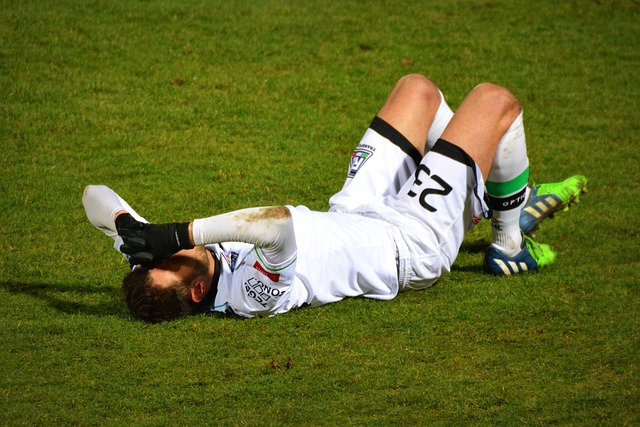Sports Injury: Types and Prevention
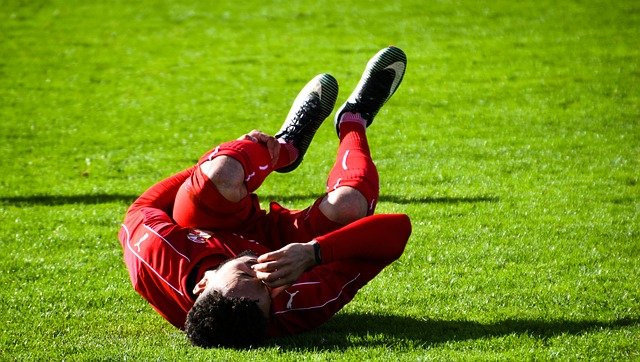
Athletic injuries are, while unintentional, quite common. Hashtag India speaks to Dr Biren Nadkarni on how one can care better for themselves while playing sports and exercising.
Sports injuries are very common and most of these injuries are caused by overuse of our muscles and joint or when greater pressure than what can normally be applied to a joint or muscle is exerted. Sports injuries occur during exercise or while participating in a sport. Children are particularly at risk for these types of injuries, but adults can get them too. Dr Biren Nadkarni, Sr. Consultant Orthopaedic and Joint Replacement Surgeon at Sitaram Bhartia Institute and Holy Family Hospital, and Medical Director at Joint and Bone Solutions, New Delhi, gives us a quick brief on the types of injuries and how one can prevent them.
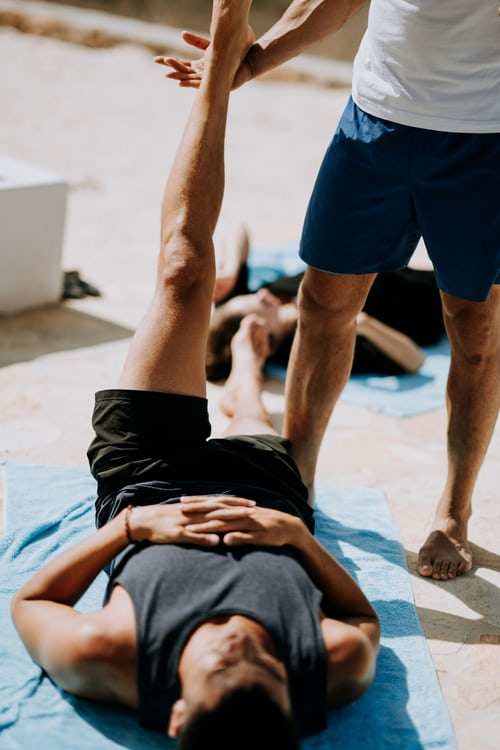
You’re at risk for sports injuries if you:
· Haven’t been regularly active
· Don’t warm up properly before exercise
· Play contact sports
Let’s take a look at some of the common sports injuries and their prevention methods:
1. Ankle sprains: Ligaments are pieces of tissue that connect two bones to one another in a joint. Overstretching or tearing the ligaments results in a sprain.
2. Muscle pull: Muscle pulls are very common and can happen to any athlete. Small tears occur within that lead to a strain when the muscle is stretched too far or exceeds its tensile load. Inadequate warm up exercises, muscle fatigue, lack of flexibility, and muscle weakness can cause all kinds of athletes to pull a muscle.
3. Lower Back Pain: Usually affects runners, cyclists, golfers, tennis, and baseball players. Bulging discs, back spasms, stress fractures, and sciatica are some types of lower-back pain. Improper training techniques, weakness (especially of the core muscles) and poor preparation are the most common reason for sports-related back pain. The slightest discrepancy in leg length can also cause back pain in runners as well as poor lower limb biomechanics or inadequate footwear.
4. Shin splints: It is mostly caused by inflammation of the muscles and their attachments to the shin bone (Tibia); it causes aching or stabbing pain on the insides of the lower leg. It mainly occurs in runners when the muscles around the tibia become inflamed.
5. Tennis Elbow: One develops a tennis elbow when the forearm is overused by repetitive movements in sports like tennis, golf and badminton. These are the muscles that pull the wrist back. The tendons of the foreman that insert into the side of the elbow region tend to inflame that results in acute pain.
6. Groin Strain: It results from putting too much strain on the muscles of the groin and the thighs. Athletes are more at risk of groin strain in sports like soccer, hockey, basketball, volleyball and even racket sports, as it is usually caused by sudden movements like twisting while running or jumping; the muscles situated in the upper thigh area that serve to pull the legs together tends to get strained.
7. ACL injuries: The anterior cruciate ligament (ACL) holds the leg bone to the knee. It is the most common knee injury. Sudden cuts or stops or getting hit from the side can strain or tear the ACL. A complete tear can make the dreaded pop sound. According to the severity of the injury, to regain full function of the knee, ACL reconstruction surgery may be required.
How Does One Prevent Sports Injuries?
The immediate treatment for most of these injuries is following the RICE protocol – Rest, Ice and Compression, and Elevation. One must seek advice of an orthopaedic doctor for further treatment and rehabilitation. For best results, follow the RICE method within the first 24 to 36 hours after the injury. It can help reduce swelling and prevent additional pain and bruising in the early days after a sports injury. While the recovery period of some injuries may span from few days to weeks, other injuries like meniscal tear, cruciate ligament tear, or focal cartilage defects may require a surgical treatment.
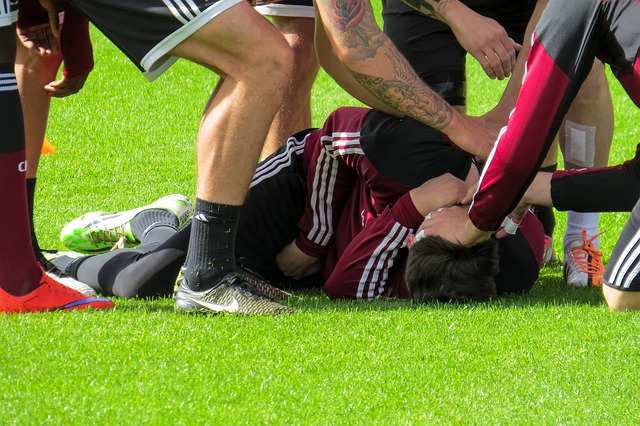
Caution! Please do follow the following points to avoid sports injuries:
1. Use the proper technique
Learn the proper way to move during your sport or activity. Different types of exercise requires different stances and postures. For example, in some sports, bending your knees at the right time can help avoid an injury to your spine or hips.
2. Have the proper equipment
Wear the right shoes. Make sure you have the proper athletic protection. Ill-fitting shoes or gear can increase your risk for injury.
3. Don’t overdo it
The precaution is that don’t overdo anything, be it sports or exercise. If you do get hurt, make sure you’re healed before you start the activity again. Don’t try to ‘work through’ the pain.
4. Cool down
Remember to cool down after your activity. Usually, this involves doing the same stretching and exercises involved in a warmup.
5. Resume activity slowly
Don’t be tempted to nurse your injury for too long. Excessive rest may delay healing. After the initial 48-hour period of RICE, you can start using heat to help relax tight muscles. Take things slowly, and ease back into exercise or your sport of choice.
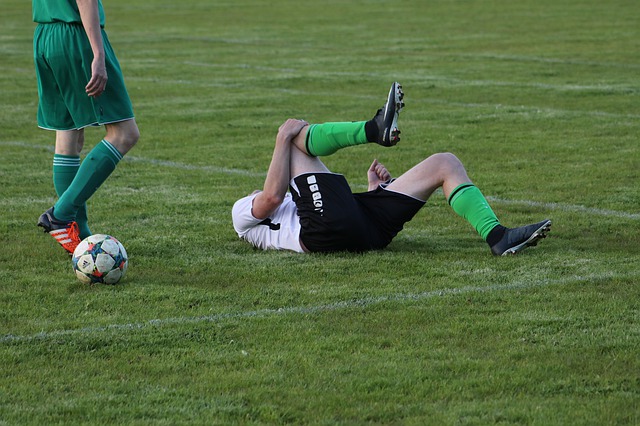
Ad


